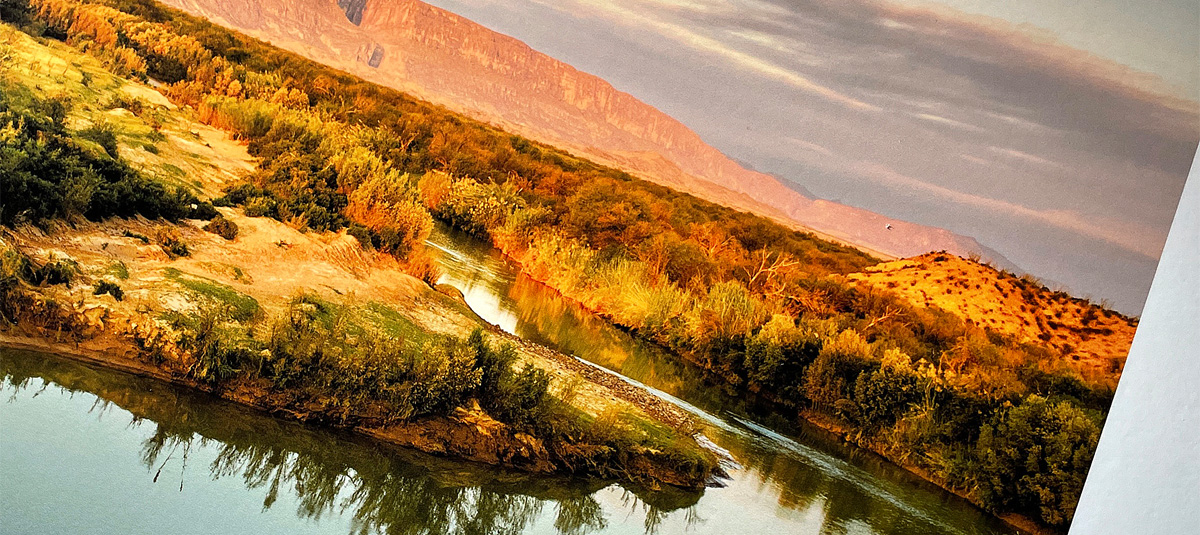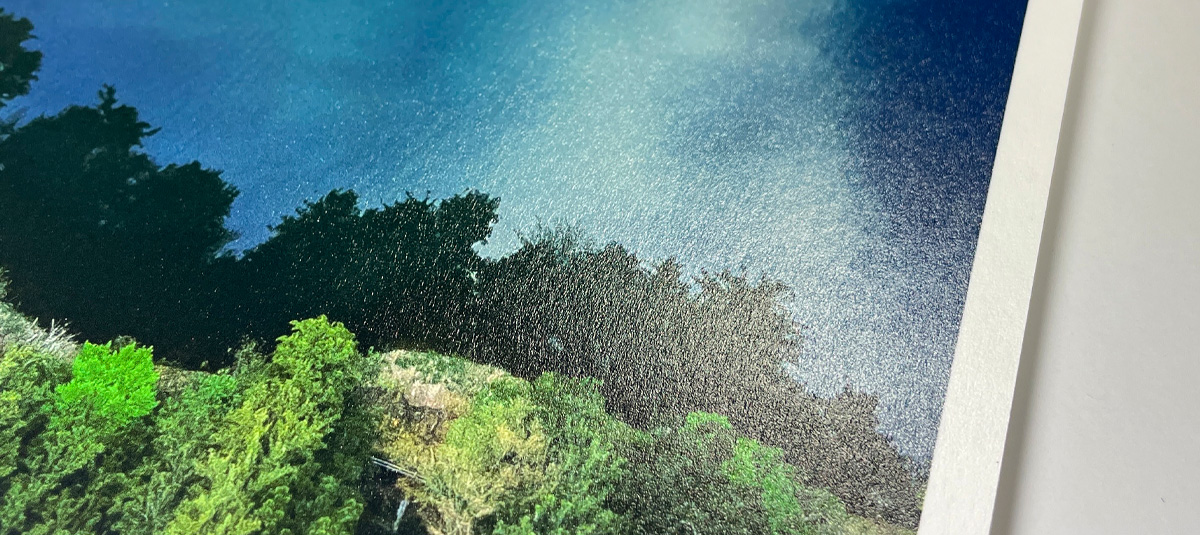What is Fiber-Based Photo Paper?

A TRUE DARKROOM LOOK
Many photographers who sell or exhibit prints seek photo paper with a certain weight and thickness, a smooth finish, and archival quality. Fiber-based photo paper fires on all these cylinders, offering the feel of a traditional wet darkroom print.
Today, many fiber-based papers are baryta stock. Baryta (pronounced buh-RYE-tuh), is the “old school” way of whitening paper with a 100% barium sulfate (baryta) variant called blanc-fixe, which means permanent white. This material is in the coating, lending stability to the paper’s whiteness over time and adding a natural richness to portraits and landscapes.
WHY FIBER-BASED/BARYTA PAPERS ARE SO POPULAR
Deeper blacks, more details, wide gamuts, exceptional contrast, and subtle tonal transitions. These are reasons fiber-based papers are trending among photographers, especially for printing in black and white. If you want your final product to surpass gallery and museum expectations, fiber-based papers are the way to go.
ENTER BIG BEND AND PALO DURO
Here at Red River Paper, we offer two types of fiber-based photo paper: Big Bend Baryta and Palo Duro Baryta Fiber. Both are high-performance, semi-gloss papers with an alpha-cellulose base, whitened with barium sulfate (baryta), and microporous inkjet coated. Maximum black density and overall color gamut are very similar. Weight and thickness are also nearly identical.

WHICH WOULD ANSEL ADAMS APPROVE OF?
Our Big Bend and Palo Duro baryta papers have a few discernible differences. Palo Duro has a slightly more textured surface and feels like darkroom baryta paper from the old days. Customers tell us that it is remarkably like Oriental New Seagull paper, a favorite of Ansel Adams. Big Bend is a bit smoother and feels more like modern photo paper. As for tone, Big Bend is a slightly cooler white compared to Palo Duro. The difference is evident when holding the papers side-by-side, though not radically so.
For a full breakdown of technical specs for each paper, check out our resource, Big Bend Baryta vs. Palo Duro Baryta Fiber.
BIG BEND’S BACKSTORY
You may recall that Red River Paper discontinued San Gabriel Baryta 2.0 in 2019. After a long delay, we replaced it with Big Bend Baryta 310 — the next generation of San Gabriel. In effect, they are almost twins, with some minor surface texture and tone exceptions. Big Bend Baryta is smoother than San Gabriel, but the difference is subtle. The best way to describe San Gabriel's surface is satin textured. Big Bend lacks that lustrous, e-surface look. It is more even but not flat, like air-dried darkroom paper from years ago.
While we could have called it “San Gabriel 3.0,” we felt it was time to start fresh. Why “Big Bend”? Because as Texans, we wanted to pay homage to our fair state. We’ve always been inspired by Big Bend National Park, a vast expanse tucked into the far southwest nook of the state, with stunning landscapes and dark skies.
SUMMING IT UP
When you want archival-grade paper to print work for sale or exhibition, you can’t go wrong with fiber-based/baryta papers. Our customers tell us they’re stunned at the purity of tones, tonal range, and detail conveyed by this paper. We’re confident you’ll agree!
Original Publication Date: January 17, 2024
Article Last updated: February 24, 2024
Related Posts and Information
Categories
About Photographers
Announcements
Back to Basics
Books and Videos
Cards and Calendars
Commentary
Contests
Displaying Images
Editing for Print
Events
Favorite Photo Locations
Featured Software
Free Stuff
Handy Hardware
How-To-Do-It
Imaging
Inks and Papers
Marketing Images
Monitors
Odds and Ends
Photo Gear and Services
Photo History
Photography
Printer Reviews
Printing
Printing Project Ideas
Red River Paper
Red River Paper Pro
RRP Products
Scanners and Scanning
Success on Paper
Techniques
Techniques
Tips and Tricks
Webinars
Words from the Web
Workshops and Exhibits
all
Archives
December, 2024
November, 2024
October, 2024
September, 2024
August, 2024
July, 2024
June, 2024
May, 2024
April, 2024
more archive dates
archive article list




